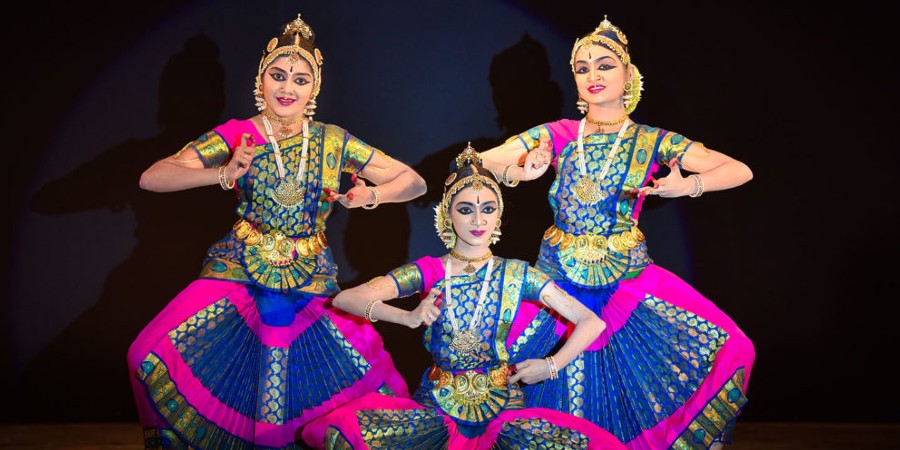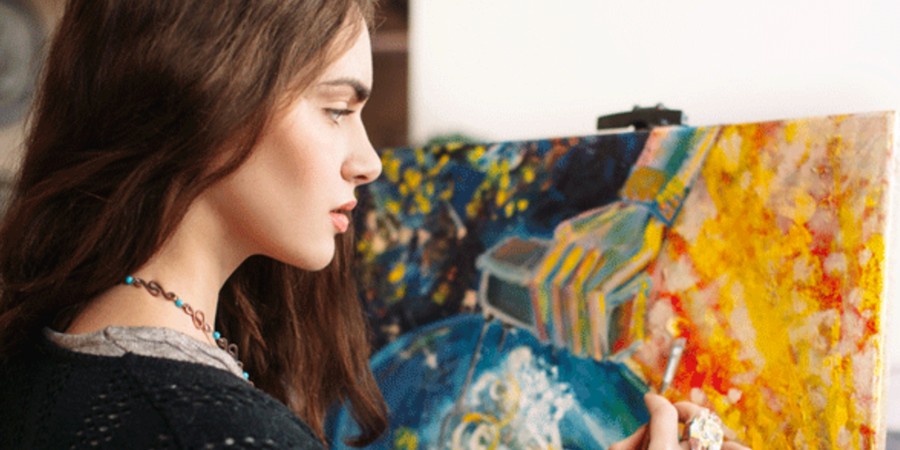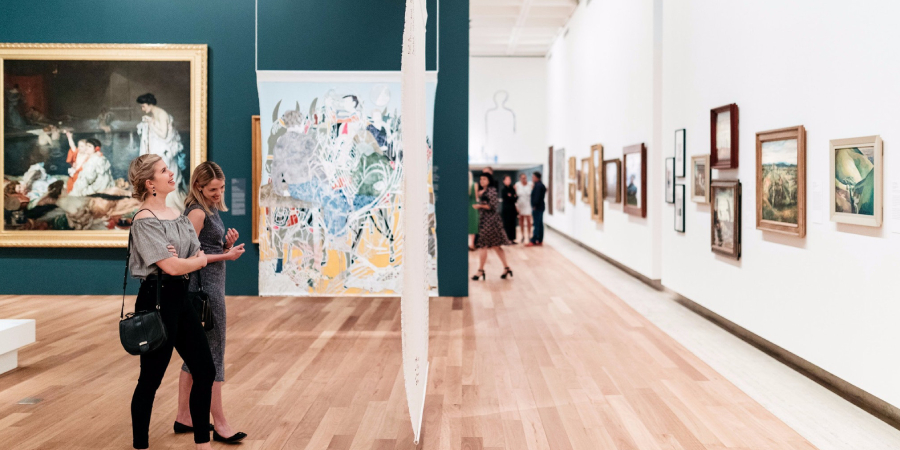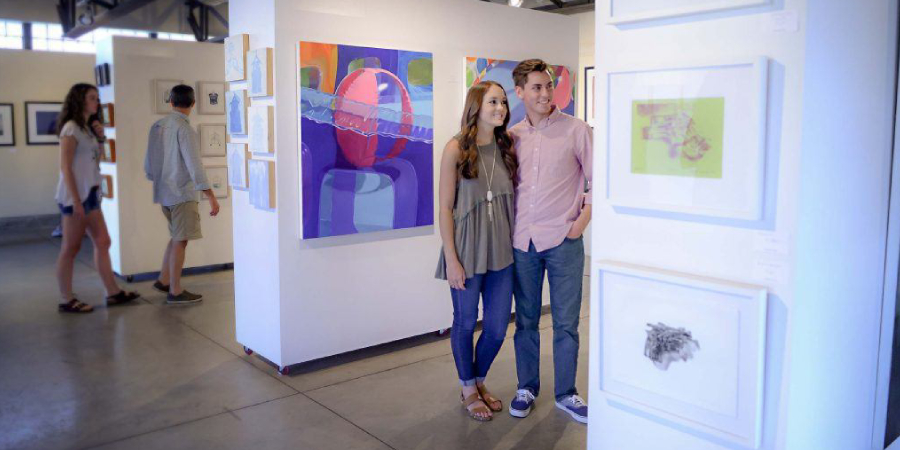Dance has always been the muse of many artists. Many a Painter, Sculptor and Choreographer have taken inspiration from dance to create their masterpieces- but it’s not just these professionals who are inspired by this art form!
Merely observing any one style or type of movement can inspire an artiste in so many ways: whether they want to recreate that particular pose for themselves or give life through another medium like painting.
Also, the modern dancers are able to be artistic in many different ways. Painting and Bharatanatyam are just two of these outlets that allow them the creative space to explore themself, other cultures, or express emotions they may not have words for otherwise.
Some artists find a connection with their culture through traditional costumes like Indian dance styles such as Bharatanatyam which originated from southern India during ancient times.
The dance artiste is always intrigued by the way a painter captures their moves in paint and then replicates them into beautiful works of art.
The ancient art of Bharatanatyam is a form that integrates many aspects of Indian culture. The connection to the rich cultural heritage can be seen in its stylistic elements, such as costumes and music. It dates back thousands of years ago when it was used primarily for religious purposes but has since evolved into an expression through dance with secular themes by dancers who use their bodies to tell stories about love, morality, life choices and more.
A Traditional Bharatanatyam Costume:
Bharatanatyam costumes are very colourful and beautiful. They are available in different styles and are worn according to the theme of the dance and support the movements of the dancers. According to ancient texts and drawings, the original dance costumes did not cover most of the dancers “bodies. The dance is performed on special occasions such as the royal court, temple festivals and on days off.
Varieties in Bharatanatyam Costume :
Bharatanatyam costumes are available in both pyjama and skirt styles. Costumes have changed in recent years, say well-known actors and dancers. However, all costumes are designed the same. BharatanatYam Costumes and Styles:
During an interview with the most famous Geethalayam, School of Bharatham in Chennai (https://geethalayam.com/) got to know more about the dance costumes.
The two styles of clothing are artistic and comfortable and allow the dancers to perform movements in harmony with the Tala sound. Bharatanatyam costumes are made with embroidery with various religious motifs and patterns. Gold and silk threads are used to sew the costumes. The pleats of the sari are embroidered with tender works and patterns and motifs.
The sari, on the other hand, consists of several pieces of fabric and not one piece. As a result, the sari is designed to be comfortable to wear and functional. Dancers perform symbolic poses such as the muzhu mandi (seated pose) and the semi-seated pose in which the folds of a sari are spread out to improve the appearance of the dance. Women Bharatanatyam Costumes The Bharatanatyam costumes of women resemble traditional Indian saris.
Watching the dance, the fans are fascinated by the different movements of the dancers. Their shapes are decorated with borders and the costumes consist of various sari pieces sewn together with different patterns. The colours of the costumes are also vibrant and attractive.
The traditional Bharatanatyam costume of the men is very simple. The choli tends to be close-fitting and of the same colour as the dhoti. The lower body of the dancer is hidden in the costume and the upper body is covered with simple jewellery, but its upper body is not covered by the garment. The farm is woven into the dhoti and embroidered with silk thread and rich embroidery.
On set, all the dancers do makeup. Men and women wear the same makeup. Male dancers wear less jewellery than female dancers.
The style and appearance of the dancers are used to assess their talent. The ankle bell is an accessory in the Bharatanatyam dance. In response to the Tala sound, the dancer performs the required rhythmic footwork.
Ankle Bells:
Beginners wear two rows of bells, advanced three and experienced dancers five. The rhythmic sound of the shackles guides the judges “decisions. On special occasions, knuckle bells can be used to worship religious objects.
The range of temple jewellers includes bracelets, earrings, necklaces and bracelets. The Bharatanatyam dancers have a unique set of jewels that shine like a spotlight. But actors almost never wear them.
Thalaisaman:
The most important jeweller is the thalaisaman, which refers to the headdress worn with flowers in the hair. Semi-circular flowers decorate the hair in bun or pigtail. Chandrasuryam is held on the sides of the head. Conspicuous spots are applied to the eyebrows.
Vanki:
The Vankies were tied on both sides of the upper arm with short ornaments and belts with snake decoration and long braids. Long chains hung on the hips and beautiful earrings hung around the neck. Flower and peacock necklaces were decorated with red and green pearls.
The Make-up Of The Bharatanatyam Dancers Makes It Special For Paintings:
The makeup that is used in Bharatanatyam dances changes and adapts to the needs of each performer. For this reason it’s important that dancers use different colors depending on whether they are portraying a male or female character as well as what mood their choreography sets off such as love scenes being portrayed through light shades while dramatic ones have darker tones like maroons or plums
The movement of the eyes and eyebrows is crucial for the development of Bharatanatyam. The eyebrows are darkened and extend outwards with heavy lines over the eyes. Thus the eyebrows adorn the movements that the viewer sees. The result is that the audience is drawn to the show.
Red dye is applied to the toes, fingertips and soles of the feet. Monochrome circles are applied to the palms of the hands. Red accentuates the legs and hands to draw attention to the moving hands and legs.
Conclusion:
It’s not often that you see a painting and a Bharatanatyam costume next to each other. But when they are, it is impossible for the viewer not to stop in their tracks with awe at such an enlightening juxtaposition of two art forms from different cultures – one which has stood on its own merits for centuries while another continues to evolve into new ways of expression as seen through many up-to-date artists like Pablo Picasso or Andrew Wyeth.





